Holy Matra-money, an oddball French race car for $33K!
Quick, what’s the first mid-engine production automobile? Nope, it’s not a Lotus. It’s not a Ferrari, either. Automobili Lamborghini hadn’t even started yet when the little Djet first flew (OK, rolled) out of France in 1962. Plopping in the engine behind the driver has clear advantages in motorsport, and mid-engine design spread throughout the racing world starting in the late 1950s, but the Djet is credited as the first to do it in a regular, relatively affordable road-going sports car.
Built by a company that also made bombs, bicycles, and F1 cars, the Djet is a rare sight anywhere in the world, but it’s especially scarce on the track here in America. That is why we were watching this race-prepped Djet; it just sold this week for $32,550.

A little company called Automobiles René Bonnet primarily built race cars but introduced its best-known model in the summer of ’62, called the Djet. Most were powered by either a 1.1-liter four-banger from the Renault 8 or a Gordini-tuned version of the same engine, mounted longitudinally behind the driver and mated to a Renault four-speed transaxle. The French coupe’s fiberglass body was laid over a square-tube steel backbone frame, not unlike the construction of a Lotus Elan. Like a Lotus, the Djet was light—well under 1500 pounds. It also featured fully independent coil spring/wishbone suspension as well as four-wheel disc brakes—cutting-edge stuff in the early 1960s.
After building fewer than 200 Djets and experiencing some notable success in endurance racing, Bonnet learned what so many other small carmakers have over the years: It’s pretty darn tough to make money building sports cars. So, in late 1964 he sold his concern to Matra (Mécanique Aviation Traction), which was already manufacturing the bodyshells and assembling the cars. An industrial conglomerate, Matra has built air-to-air missiles and guided rockets, but it is mostly known in our hobby for its 1969 title-winning Formula 1 car, its home team three-peat of Le Mans victories from 1972 to ’74, and its oddball road cars like the 530, the Bagheera, and the Rancho off-roader. The Djet, though, was Matra’s very first move into automobiles. The French firm continued Bonnet’s design with few real revisions, mostly just giving it more power from its Renault/Gordini engines. Matra proceeded from Djet I through Djet V, then to the V S, and finally the “Jet 6.”
Nearly 1500 Matra-badged Djets were built until 1967, and the company gifted one of them to pioneering cosmonaut Yuri Gagarin during his 1965 tour of France.
Another one, our feature car this week, is a Jet 6. That name means it has the largest available Renault 8 Gordini engine, at 1255 cc, which Matra claimed was good for 130 mph. The car was reportedly imported to the U.S. about 50 years ago and has a history in SCCA racing—hence the numbers, the dual Weber carbs, the fender flares, the roll bar, and those Cosmic alloy wheels. It also has the usual bumps and scrapes of a racer, plus the paint cracks endemic to old sports cars made out of fiberglass. But it also has the correct seats, a classic Moto-Lita leather-wrapped steering wheel, a lovely wood dash, and nifty stock Jaeger gauges with French text.
After little interest and a high bid that sat at $16K for quite some time, bidding picked up in the last few minutes and ended up at the car’s condition #3 (Good) value according to the Hagerty Price Guide, which seems about right. Others have sold for more in France, but of course they’re better known there. Over here, this Djet represents a heck of a lot of fun, character, and rarity for the money in a vintage racer.
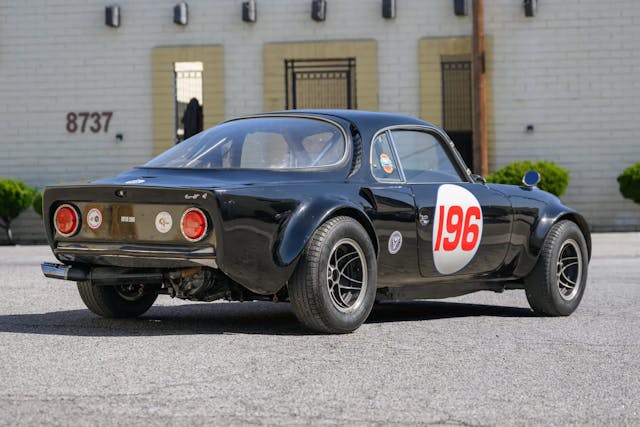
***
Check out the Hagerty Media homepage so you don’t miss a single story, or better yet, bookmark it. To get our best stories delivered right to your inbox, subscribe to our newsletters.
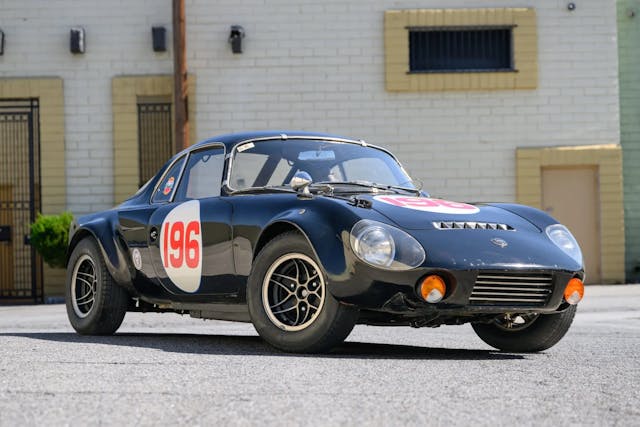
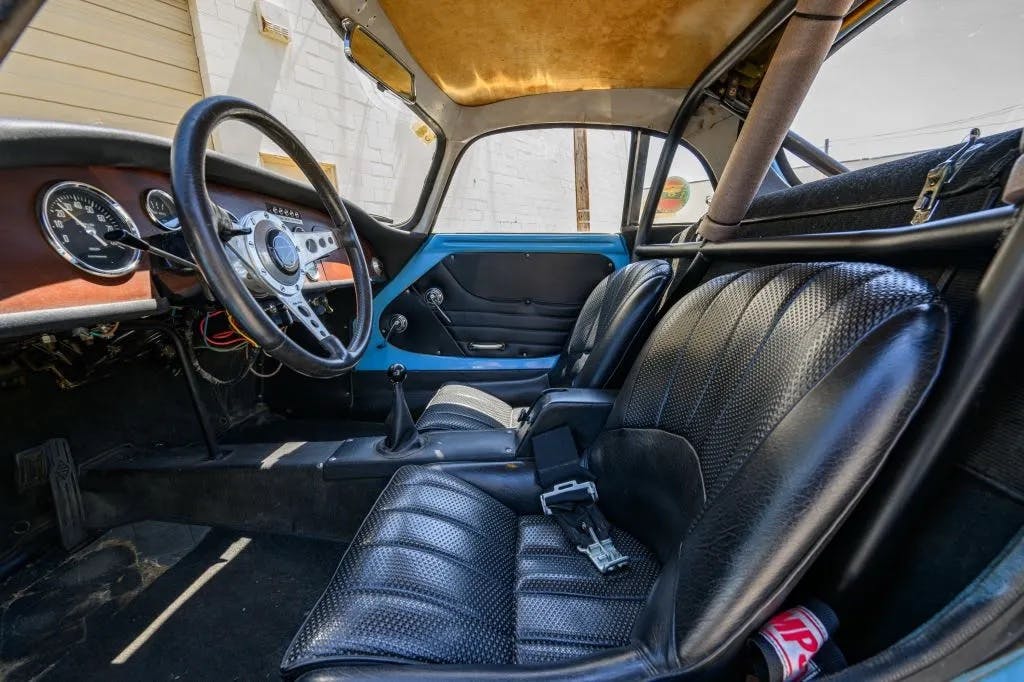
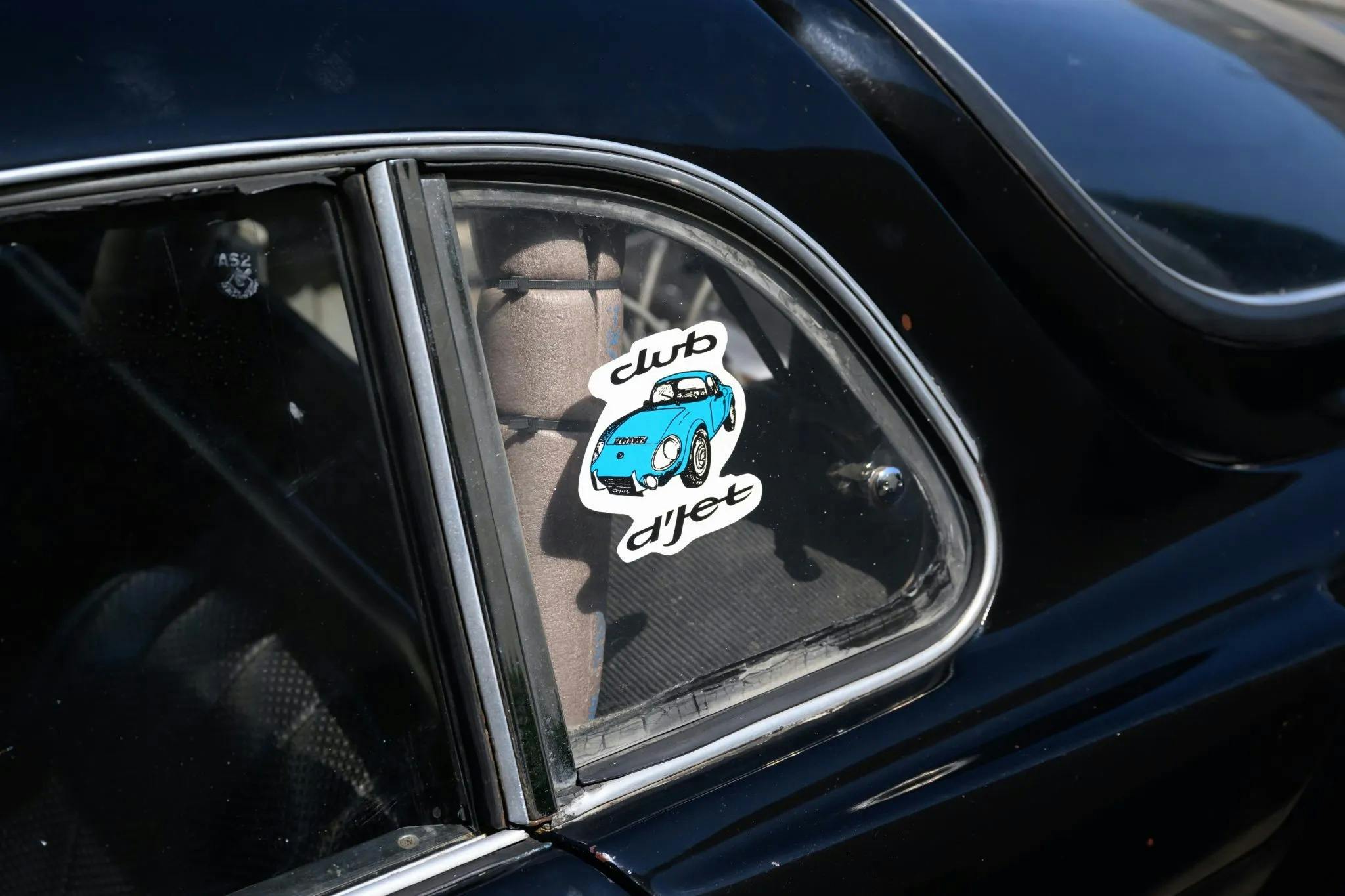
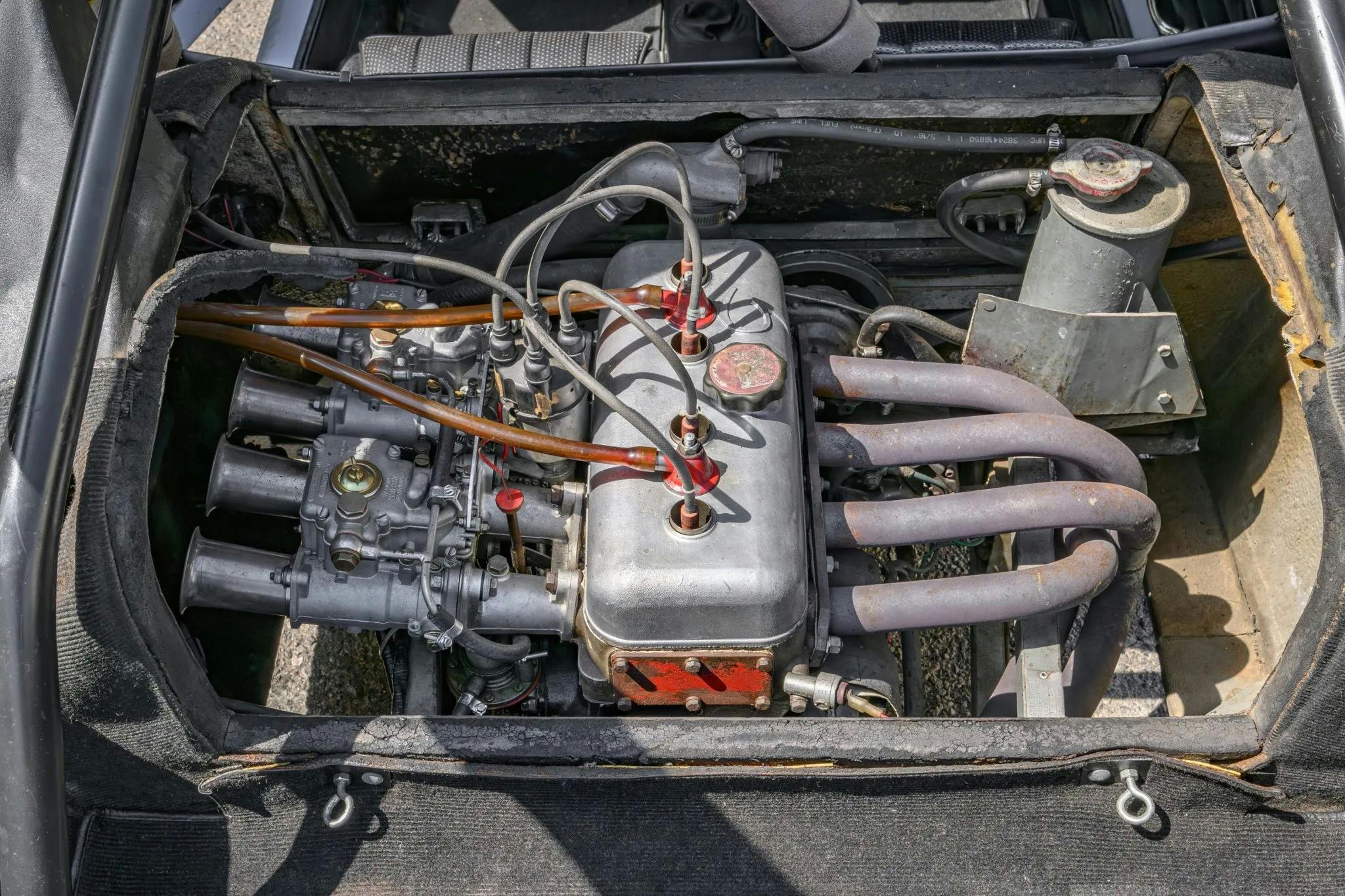


Oddly shaped proportions.